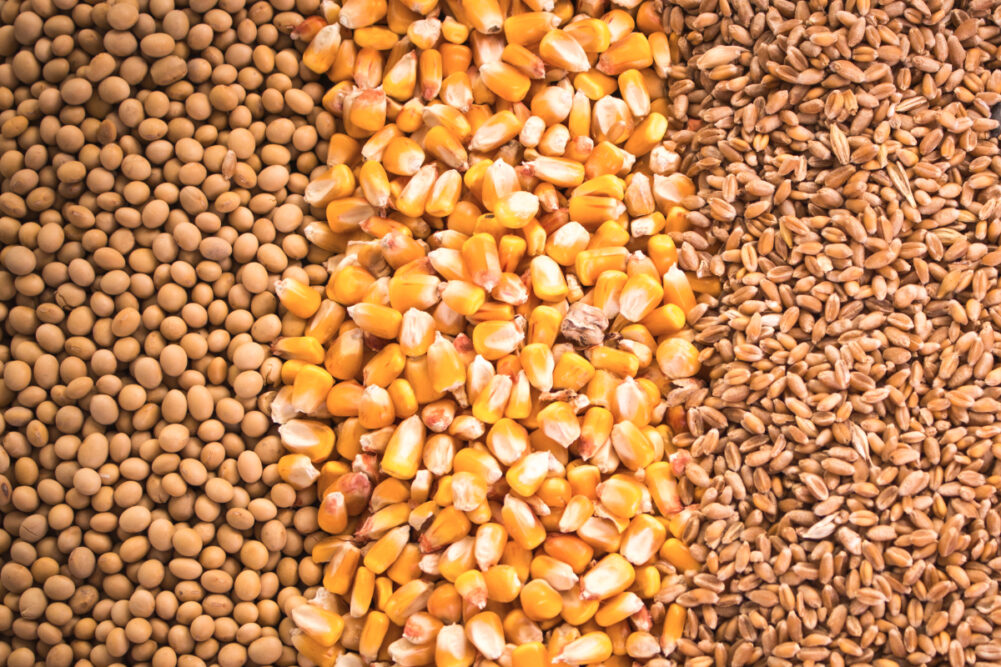WASHINGTON — The new year is shaping up to be a pivotal period as the world looks to emerge from the dark cloud of COVID-19 and seeks a new “normal” in everything from sporting events to toilet paper sales. The impact of the coronavirus on ingredients mostly has been triggering unusual swings in demand, and demand is likely to be affected again in 2021, with analysts looking for a bounce in the domestic and global economies in the second half of the year. But the impact on raw commodities mostly will be driven by price and supply, with China still critical to markets as well.
A common thread of the potential for pent-up consumer demand to drive general economic recovery in the second half of 2021 was evident in an unofficial survey of several commodity analysts, even if not all agreed on the details. Most expect raw commodity prices to peak in or around the second quarter and then ease as increased supply more than offsets more normalized demand in the second half of the year.
Supplies of soybeans, corn and wheat are seen as critical to driving prices, with supplies expected to increase as the result of higher planted area (although not in all regions globally) in response to higher prices. At the same time, demand lost due to those high prices will be a limiting factor.
Soybeans led the commodity markets in recent months with the nearby Chicago future ending 2020 near a 6½-year high around $13 a bu. The entire soy complex was driven by strong soybean demand from China throughout the year, adverse weather in the US Midwest and in South America during respective growing seasons, and a December labor strike in top soy product exporter Argentina. High prices are expected to prompt farmers to boost soybean acreage in 2021.
The US Department of Agriculture, in its preliminary long-term projections, forecast soybean planted area at 89 million acres in 2021, up 5.9 million acres, or 7%, from 83.1 million acres in 2020. Some analysts think acreage could jump as much as 7 million acres. Soybean prices were forecast to peak between $14 and $16 a bu in the second quarter of 2021 before retreating in the second half of the year in part under normal harvest pressure, especially if the large acreage increase is realized.
China’s January-November imports of US soybeans totaled 20.05 million tonnes, up 45% from the same period last year, driven by its attempt to meet requirements in phase one of the trade deal with the United States and by rapid rebuilding of its African swine fever-devastated hog herd. Most see no reason for Chinese purchases to abate in 2021, and some expect even higher sales.
Most analysts expect corn will continue to follow soybeans, but with a less bullish trend. The USDA forecast corn planted area at 90 million acres, down 1.1% from 2020 (harvested area was forecast flat at 82.5 million acres), mainly losing ground to more profitable soybeans. But some analysts expect an increase in corn plantings with futures also near 6½-year highs as the year ended. Of the three commodities, COVID-19 likely had the largest domestic impact on corn due to reduced ethanol demand. That may reverse but likely not until the last half of 2021. Corn stocks are expected to build next year as production increases and demand for livestock feed and ethanol remains challenged.
For wheat, the global market remains more bearish than the domestic market. As a residual exporter of wheat, the United States remains at the mercy of the global market, with current-year global production and carryover forecast record high. But recent events, including limits and an export tax on wheat by top exporter Russia, have helped rally the market, in addition to spillover support from corn and soybeans. Further, analysts expect export competitors Canada and Australia will be unlikely to repeat their huge wheat production of 2020 (partially offset by a rebound in European output), helping to tighten global wheat stocks. The USDA forecast all wheat planted area at 46 million acres in 2021, up 3.8% from 2020.
Finally, demand for US commodities has been made less costly for foreign buyers by a weak US dollar, a trend expected to continue in 2021.
For other ingredients, which generally were more affected by COVID-19-induced demand swings that were raw commodities, a more “normal” year is expected in 2021.
Domestic sugar prices will be subdued compared with 2020, when poor crops in North America sent prices to eight-year highs. There’s no reason to expect Midwest beet sugar or Northeast refined cane sugar prices to vary much from current levels.
Cocoa prices were bounced around by lower demand due to COVID-19, higher bean prices as the Ivory Coast and Ghana implemented a $400-per-tonne living income differential and contentious presidential elections in both nations. The cocoa market should benefit as the world emerges from the pandemic, but price gains likely will be limited by expected strong production in West Africa.
COVID-19 injected significant turbulence into the dairy market in 2020, especially milk and cheese. Those markets should see notable recovery as COVID-19 retreats and foodservice demand re-emerges as the year progresses.




